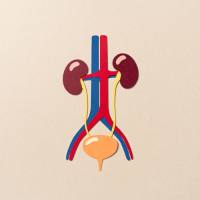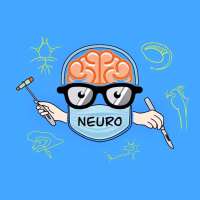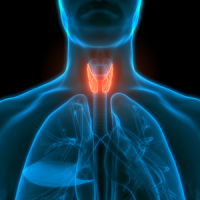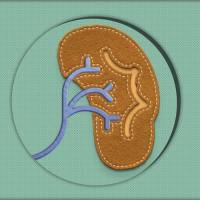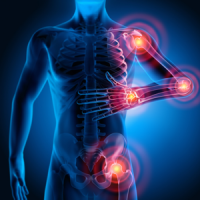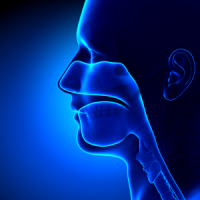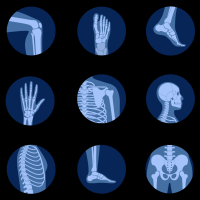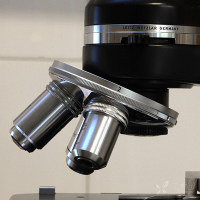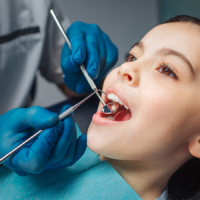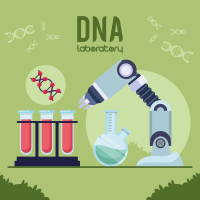【翻译】宫内轻度磷酸酶过少症
Bent Bones in a Family With Dental Disease
宫内轻度磷酸酶过少症
患有口腔疾病的家族骨骼弯曲
When fetal bones appear fractured or severely bent, the differential diagnosis includes such worrisome diagnoses as osteogenesis imperfecta. This case illustrates a relatively benign cause of angulated bones that can be discerned by asking several pertinent questions about the family’s dental history.
当胎儿骨骼出现骨折或者严重弯曲鉴别诊断应包括比较麻烦的如成骨不全。本例通过询问患者家族口腔病史证实了一个有相当良性的起因的能辨认出的成角骨骼。
A 35-year-old patient, gravida 2, para 1, had a sonographic examination at 18 weeks’ gestation to assess fetal growth. The scan showed acute angulation of the humeri (Figures 1 and 2). The remainder of the fetal long bones appeared straight and of normal length. The ends of the long bones were not flared and were of normal sonographic density. Chest size was normal, and the skull and spine were normally calcified. Serial scans throughout the course of pregnancy showed appropriate interval growth of the angulated humeri and the remainder of the long bones. The differential diagnosis included the various types of skeletal dysplasias that could produce angulated or broken bones such as osteogenesis imperfecta, camptomelic dysplasia, achondrogenesis, and thanatophoric dysplasia. The primary diagnosis would have been a mild form of osteogenesis imperfecta. However, the patient gave the following history on further questioning. The mother-in-law, brother-in-law, and husband had an abnormality of the gums or teeth. The records the patient provided showed that an evaluation was made by a professor of oral genetics at a dental school when the husband was 2 years old. At that time, the observation was made that he had little dental cementum present at the roots of the teeth. He was told that he also had a slightly short right leg at that time. The possibility of hereditary hypophosphatasia was mentioned in the differential diagnosis. Further evaluation was suggested but had never been performed except on his brother, who was found to have a borderline low level of alkaline phosphatase. Later, the husband reported multiple cavities and crowns. Alkaline phosphatase and paternal bone-specific alkaline phosphatase levels in the husband were ordered during this pregnancy, and each was low (26 and 6.4 U/L, respectively). Diagnostic DNA analysis performed on cells obtained by amniocentesis showed a V365I sequence variant that was predicted to be pathologic.
一个35岁患者,孕2产1,在孕18周超声检查行胎儿生长评估,扫描显示肱骨严重的成角(图1和2).胎儿其它长骨显示平直及正常长度。长骨末端显示正常密度声像图。胸廓大小正常,颅骨和脊柱正常钙化。在怀孕过程的系列超声检查显示成角的肱骨和其它长骨生长出现间歇。造成骨弯曲或骨折的不同骨骼发育异常疾病如成骨不全,屈肢骨发育不全,软骨发育不全和致死性发育不全。初步诊断为轻度的成骨不全。然而病人在询问后有如下的病史,岳母、姐夫及丈夫均有牙龈异常,患者提供在她丈夫2岁时一个学院的口腔教授的记录显示牙骨质出现在牙根部,那是被告之右腿稍短,有可能是磷酸酶过少症。他没有再进一步检查,而他的兄弟的碱性磷酸酶常在一个低限。丈夫最终诊断多齿窝、牙冠,在怀孕期间胎儿碱性磷酸酶和父亲骨特异性碱性磷酸酶水平有序的,均较低(分别为26和 6.4 U/L,)羊水穿刺DNA分析显示V365I序列变异提示病理诊断。
The patient gave birth to a boy weighing 3650g at 40 weeks’ gestation. Neonatal radiographs showed slightly angled humeri (Figure 3), but the remaining long bones were otherwise normal. The bone-specific alkaline phosphatase level was decreased at birth (18 U/L) and then later low normal. A follow-up level obtained later in the neonatal period was within the low normal range.
小儿在孕40周出生,体重3650g,新生儿平片显示轻度肱骨成角(图3)其它骨骼正常。骨特异性碱性磷酸酶水平在出生后下降(18 U/L),低于正常,在新生儿期随访检测低于正常范围。
Discussion
Hypophosphatasia causes defective bone mineralization because of a mutation in the gene encoding tissue-nonspecific alkaline phosphatase, which results in less than adequate activity of alkaline phosphatase. There are at least 128 described mutations of this gene. The more severe forms result in stillbirth or children with markedly abnormal bones, whereas the milder forms may be limited to low alkaline phosphatase levels and poor dentition. The teeth are predisposed to cavities and may be lost prematurely.
由于基因编码非特异组织碱性磷酸(酯)酶变异引起磷酸酶过少症导致骨矿化不完全,导致碱性磷酸酶活动减少,这个基因最少有128种突变,更严重导致胎儿死产或骨骼发育畸形。轻度导致碱性磷酸(酯)酶减低或出牙序列减少。牙齿由于多腔容易导致感染,并且容易过早脱落。
讨论
Mild autosomal dominant hypophosphatasia has been report in utero.1,2 In 4 pregnancies in 2 families, severe long bone bowing of the humeri, femurs, and tibiae was reported in utero. The bowing was so angulated that the long bones appeared to be fractured. Improvement in the degree of bowing was noted during the postnatal follow-up. The 4 children in study by Moore et al2 had low alkaline phosphatase levels at birth. By age 5 years, 1 had dental anomalies that included exposure of the roots of the teeth below the gum line. Family 1 did not have the tissue-nonspecific alkaline phosphatase gene mutation found in family 2.
轻度的常染色体显性磷酸酶过少症已在utero.1,2报道过,在个家庭的4次妊娠中,在宫腔内出现严重的肱骨、股骨、胫骨长骨弯曲。弯曲成角过大导致骨折。出生后随访发现弯曲程度在进展。研究中的4个孩子生后碱性磷酸酶水平减低,5年后,1个孩子出现牙齿异常,包括压根暴露于齿龈线外。第二个家庭发现非特异组织碱性磷酸(酯)酶基因变异。
The child in the case described here can be predicted to have dental problems in the future but have no other apparent abnormalities. When bent bones are identified during prenatal sonography, a brief dental history of the family can be invaluable in limiting the differential diagnosis because bone angulation in mild odontohypophosphatasia shows improvement and suggests a good prognosis.
本例中的儿童预示将来牙齿异常但没有其它明显异常。当产前超声发现弯曲骨异在鉴别诊断中家族的口腔病史显的尤为重要。因为轻度的odontohypophosphatasia骨骼成角表明疾病的进展并提示预后。
Figure 1. Left humerus, prenatal. There is marked angulation,
which gives the appearance of a fracture.
Figure 2. Right humerus with angulation.
Figure 3. Radiograph of the neonate’s right humerus with
angulation (arrow).
References
1. Pauli RM, Modaff P, Sipes SL, Whyte MP. Mild
hypophosphatasia mimicking severe osteogenesis
imperfecta in utero: bent but not broken. Am J Med
Genet 1999; 86:434–438.
2. Moore CA, Curry CJR, Henthorn PS, et al. Mild
autosomal dominant hypophosphatasia: in utero
presentation in two families. Am J Med Genet 1999;
86:410–415.








